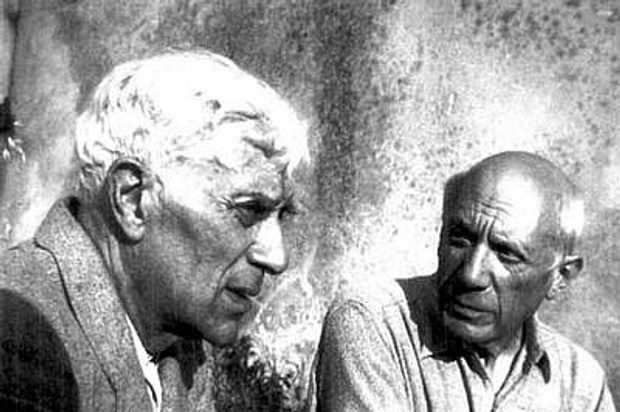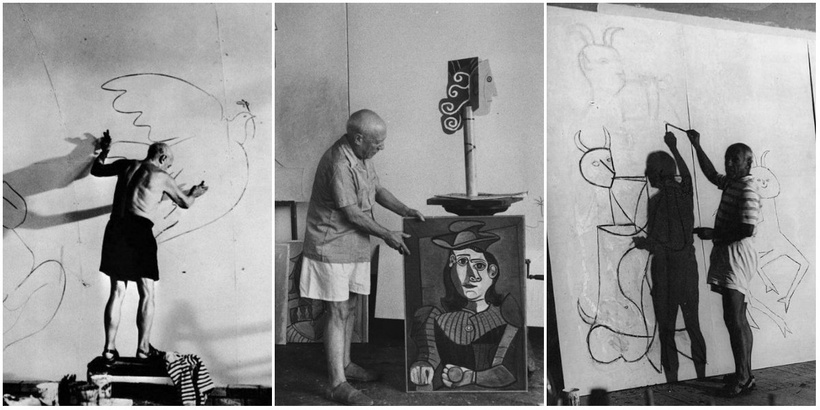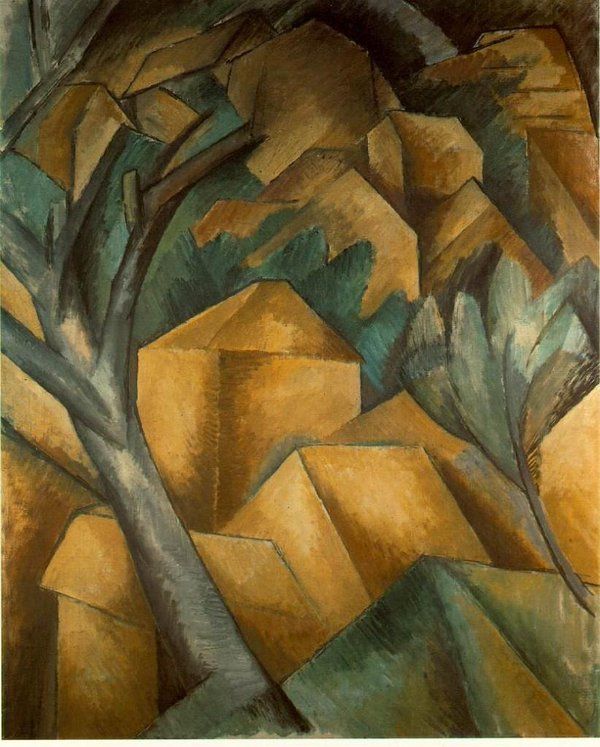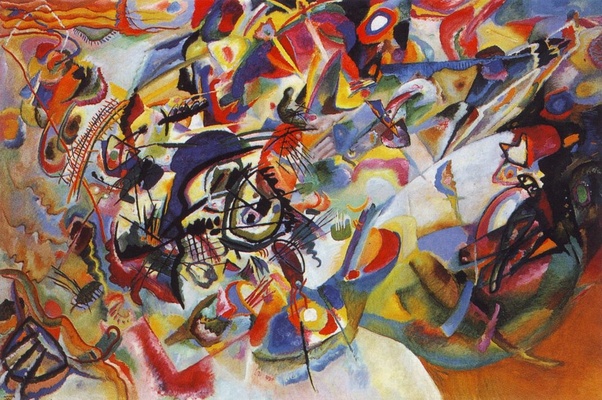I saw this in a newspaper today:
Drawings, prints, collages, and sketches offer an intimate insight into what sparked the artist’s imagination.
So I see Picasso has an exhibition at the royal academy into how his mind worked and how his insight sparked his transformation from realism to cubism.
This below was Picasso with his early realistic work:
He went from this above to cubism. Picasso was always shape-shifting in his work and I would have loved to have been in his brain to see just how that insight came through for him to go from realism to shape-shifting cubism.
So what sparked the artist imaginations. Look at his drawings in this exhibition and see if we can spot that moment he had that aha eureka moment or did Picasso Walk like Elvis on Georges Braque’s insights. The initial spark of cubism was not from Picasso’s own mind.
This was really the first cubist painting and it was painted by Braque. He had submitted 6 of this kind of paintings in an exhibition in Paris in 1908 to see if they would be chosen for the final show. Matisse was part of the jury.
All 6 of the painting he submitted were rejected.
Matisse had said of Braques painting: “Braque has just sent in a painting made of little cubes.” The painting in question was almost certainly Houses at L’Estaque (1908), as yet unexhibited but neither unseen nor unheard.
Matisse was not able to see the importance of Braque’s cubic paintings because it was not in his past in memory as a reference for him to compare it to. Such is the nature of insights which are totally “new”. They always are rejected by the mind, because there is nothing to compare it to, and hence are discarded and Matisse rejected the paintings in jest, not knowing its importance.
“After the dust had settled, Matisse remembered it as “really the first picture constituting the origin of cubism… We considered it as something quite new, about which there were many discussions.” Later still, he let slip a further significant detail. He had seen it not in Braque’s studio, but “in the studio of Picasso, who discussed it with his friends”. Picasso had borrowed it to study and to learn. Matisse and Picasso knew well enough that there was a third man in town – a new gun – slower, perhaps, but dangerous.”
“Braque’s rebellion had shattering implications. The audacity of this work, and the cool effrontery of its maker, propelled him into partnership with Picasso. He was the only artist ever to sustain such a relationship with that ravenous genius. They entered into an intense collaboration – at times almost cohabitation – legislating the future, vandalising the past, subverting western ways of seeing. The relationship lasted at least six years (1908 to 1914) on what might be called the conjugal model, and the rest of their lives (another 50 years) in remission. Its nature is not well understood: it was longer, more complex, more intimate and more evenly balanced than is often supposed.”
So Picasso and the judges now saw the significants of Braques insight and chose to learn from it and progress with it. But it is not the same when the “new” pops up in your head and gets embedded into the self and one gets transformed by it. Picasso would never have known what that felt like while he studied Braques paintings.
Picasso was very famous for blatantly taking off others and Walking like Elvis with other peoples insights.
But it was Braque who should be walking like Elvis. Picasso would pursue Braque and work together with him but he could not make paintings as Braque did.
“It was Picasso who pursued Braque – more assiduously than any woman – and not the other way around. “Why doesn’t Braque come and join me?” he asked a friend, plaintively, in 1961. “I always keep a floor for him.” Picasso’s needs were visceral and overwhelming. His encounter with Braque was in some measure the most satisfying relationship of his life.”
Ultimately, Picasso was jealous of the man himself. That Braque could do what he could not was a puzzle and a provocation. That Braque could be what he could not was a regular torment. Morally and metaphysically, Braque had a stature that was beyond rivalry, unapproachable. Braque invested heavily in being. “Few people can say: I am here,” he reflected wisely. “They look for themselves in the past and see themselves in the future.” He had an almost mystical aura about him, but he was the least delusional of men. He became le patron – detached, seclusive, inscrutable – master of the artless art. Tales of the mature Braque have a Zen-like ring to them. He was always suspicious of “talent” and insisted he had none. His dedication was complete. “Painting is an answer to everything,” he told Nicolas de Staël, “even success.”
https://www.theguardian.com/artanddesign/2005/may/07/art1
From reality to abstraction and somewhere in between was cubism.
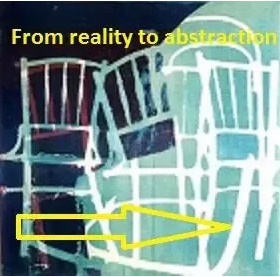 The year the world stood still was 1913 when Kandinsky crossed the line from reality to abstraction.
The year the world stood still was 1913 when Kandinsky crossed the line from reality to abstraction.
Art history would at times point out that it was Paul Cezanne who started that shift between realism to abstraction but it was Kandinsky who finally crossed the line in 1913 with the first abstract painting with a watercolour study for an oil painting.
But first, here is what they say of Cezanne, even before Braque’s (1908) first cubist painting:
PAUL CÉZANNE: “Mount Sainte-Victoire view from Lauves”, 1904-06 – oil on canvas, 60- 72 cm. – Basel, Kunstmuseum.
Paul Cézanne painted many views of the Mount Sainte-Victoire in the outskirts of Aix-en-Provence, and this beautiful work is one of the most developed versions of all them. We can say about this work that it is “cubist before the cubism”: the triangular mountain and the prairie elements -geographic or edificatory- acquire volume by the superposition of many chromatic planes.
Kandinsky’s painting below was the first to make the bold move into abstraction.
Kandinsky’s Composition VII watercolour study 1913
 Kandinsky’s Composition VII 1913 oil painting after study above.
Kandinsky’s Composition VII 1913 oil painting after study above.
What triggered this transition from realism to abstraction:
Cezanne – 1904/1906
Braque – 1908
Kandinsky – 1913
All 3, walking like Elvis.

